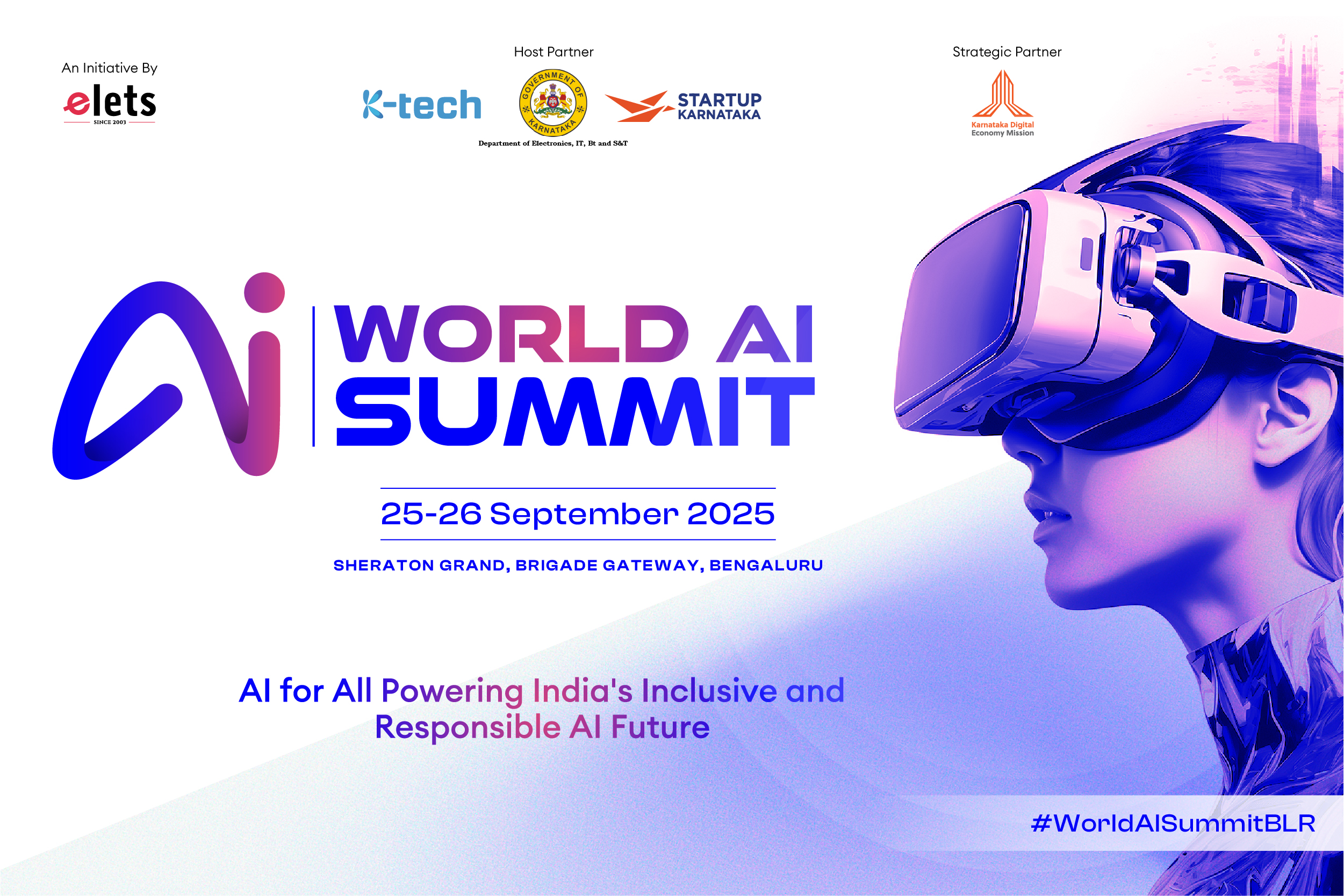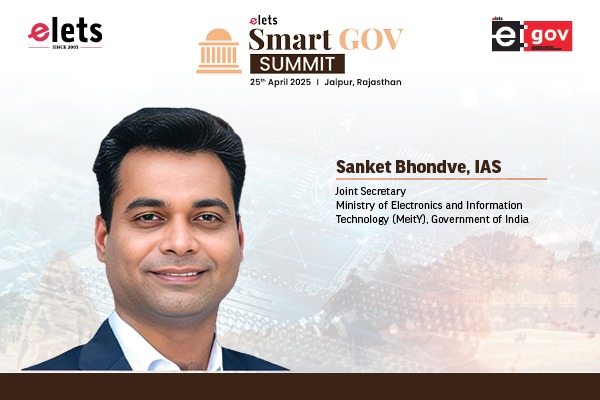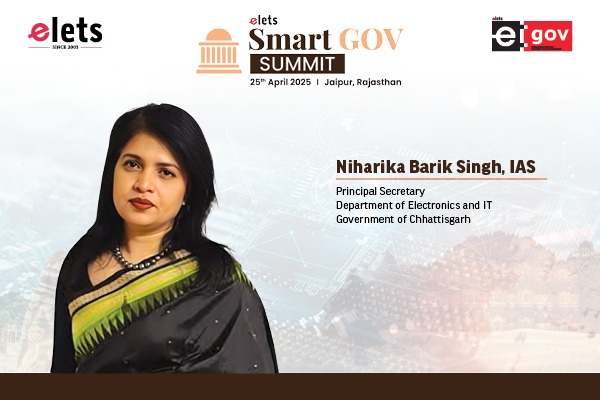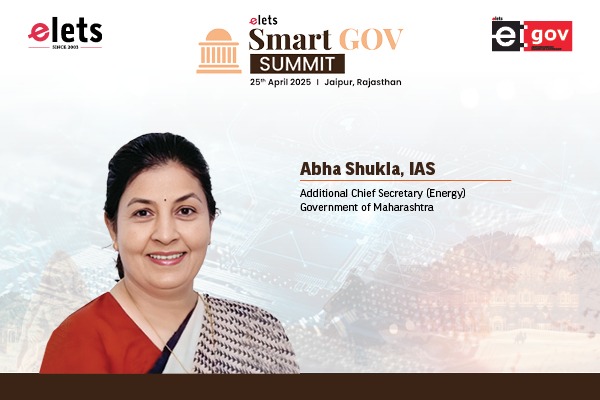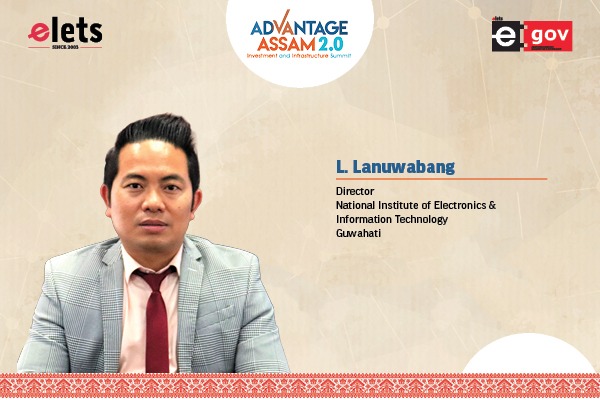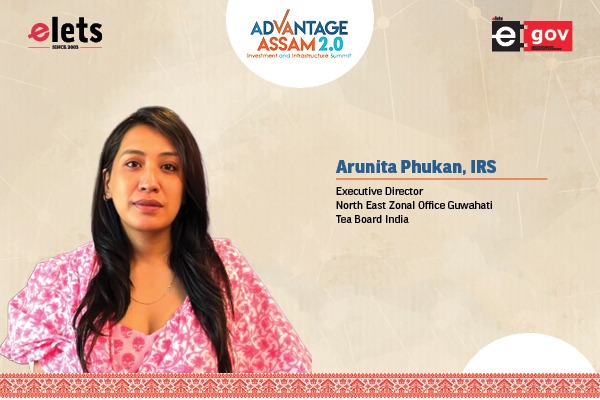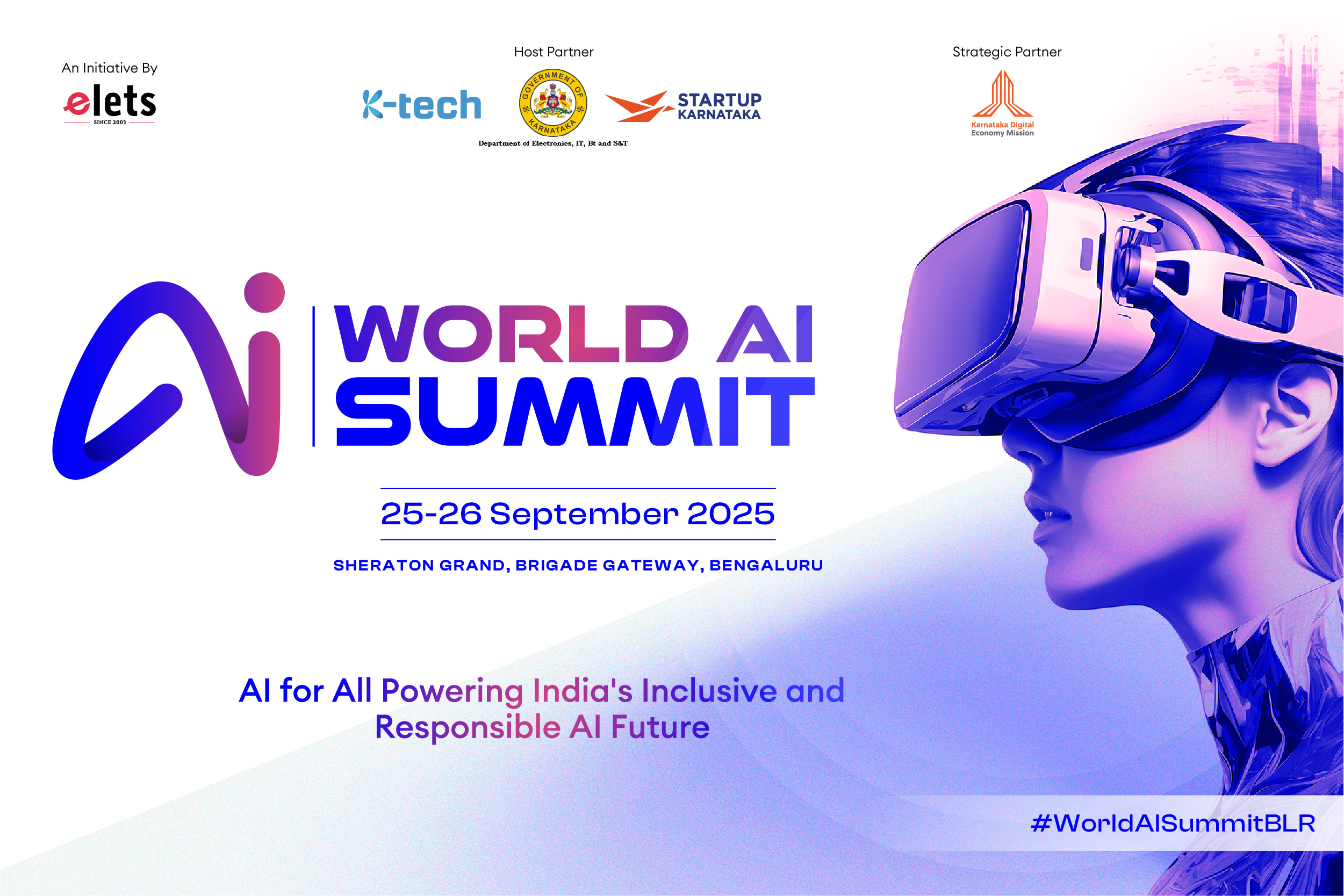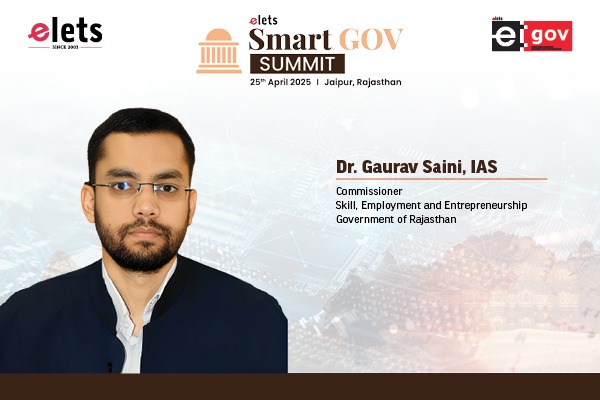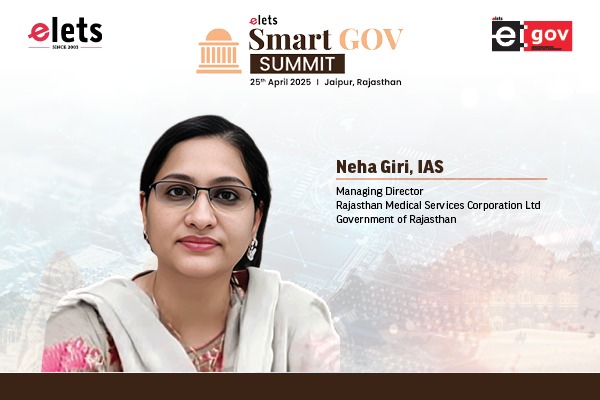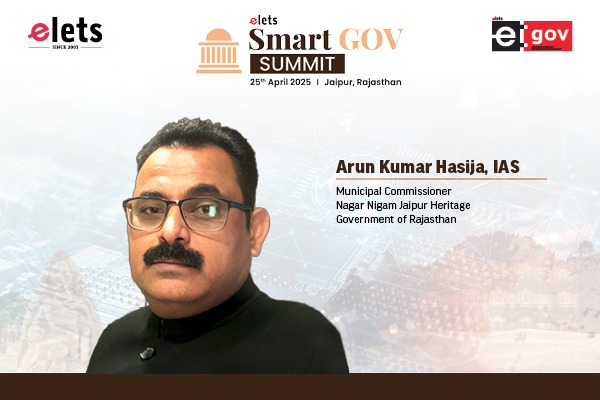
Governance in India has transitioned rapidly from pen and paper administration to e-governance. It has not only resulted in improved ease of doing business¹ but has also enabled a better administrative framework for the citizens of the country, thereby contributing to a higher score on the ease of living matrix. The rapid strides in the acceptance of digital payments through UPI, the digitization of land records, improved financial inclusion, and communication through the JAM² trinity, and universal health insurance through Ayushman Bharat are just a few examples that testify to the success of this journey towards a better and brighter future for the country.
With the advent of next-generation technologies such as blockchain, machine learning, and artificial intelligence (also called Web 3.0), the established governance frameworks across countries are bound to take a hit. ChatGPT as a challenge for the education sector is a case in point. But as many challenges as there may be, the opportunities are equally limitless. Even more so for India, the fastest-growing economy in the world with the highest demographic dividend. Hence, the solution to the problem statement that India faces today is simply: e-India.
Another inflection point in this journey for India is going to be the turn towards transformational governance, which is both radical and transparent in nature. This framework will not only deal with the transition of the existing processes in line with emerging technologies but also identify ways in which these latest innovations can be used to make governance more inclusive, accessible, and transparent for the citizens. Fortunately, Karmayogi Bharat³ is ready and set to take on the challenge and materialise the opportunity in the best possible manner.

Mission Karmayogi, launched in 2020, aims to create a competent civil service rooted in Indian ethos, with a shared understanding of India’s priorities, working in harmonisation for effective and efficient public service delivery. The Mission seeks to keep the civil service at the centre of all change, empowering them to deliver in challenging environments. The focus is also on enhancing government-citizen interaction, with officials becoming enablers for citizens and businesses. In the past few years, this has led to a more competent and equipped civil service force to deliver the right governance to the citizens of the country, oftentimes experimenting with these next-generation technologies.
Many revolutionary attempts at harnessing cutting-edge technologies have already been made across the country by civil servants at the national, state, and district levels. These initiatives range from the Artificial Intelligence (AI)-enabled Bhashini application, which helps citizens access digital services in their regional language, to the use of an AI chatbot assisting farmers under the PM KISAN scheme of the Government of India. The Government of Punjab, under the PINK Project, utilises AI for early and non-invasive detection of breast cancer. Additionally, the School Education Department of Rajasthan⁴ uses machine learning algorithms to evaluate the answer sheets of school students. These are all noteworthy contributions towards capitalising on the immense potential through the amalgamation of technology and administrative tasks.

I myself have been fortunate to contribute my share to this wave of transformational governance, with the objective of making Bharat and its civil servants Karmayogi, delivering transparent and accessible governance to the citizens of India. While posted in Gadchiroli district of Maharashtra as Assistant Collector in Etapalli and Project Officer in the Integrated Tribal Development Project in Bhamragad, I dabbled with using blockchain technology to issue caste certificates to around 65,000 citizens of Etapalli and Bhamragad blocks of Gadchiroli⁵. Being a first-of-a-kind project, the challenges were many, but the opportunities were higher. The risk paid off with the project gaining recognition at the World Economic Forum in Davos in 2022.
Similarly, through another AI-based project, we implemented a pilot to trace the nutritional parameters of meals served to students at a Government Ashram School in Todsa village of Etapalli block⁶. The machine, without any human intervention, assessed the quality of food in line with the required nutritional indicators of the children by taking photographs of the students with their plates of food. This helped us identify not only malnourished children but also critical nutrients lacking from meals, as well as quantity and quality issues. Moreover, it encouraged menu compliance for the children during all such meals. This project was only an indicator of the immense potential for the usage of AI in the 11,600 crore mid-day meals scheme (PM-POSHAN) run by the Government of India.
Even from an economic point of view, these technologies are absolutely transformational as they are likely to contribute nearly a trillion dollars to the Indian economy by 2035, with a near-term infusion of around $450-500 billion by 2025⁷, contributing immensely to India’s goal of achieving 5 trillion dollars by 2027-28. This makes it imperative to quell the anxiety around AI and other such technologies and instead identify ways to adopt them to reshape the Indian economic and social landscape. This can only be achieved by training, reskilling, and upskilling the huge Indian demographic dividend and equipping the workforce with the necessary know-how to turn them into job creators for the rest of the world. The government machinery and its actors are no exception to this.
Though these next-generation technologies are termed emerging and are barely 60 years old, they have already profoundly impacted the lives of the people. With such rapid technological transformation, it is inevitable for the government to innovate its traditional methods to achieve better citizen engagement, accountability, and interoperability. This can be done through capacity building, ensuring that these technologies serve the public as facilitators of innovation, sustainability, competitiveness, and liveability. They can help in freeing up government labour by automating repetitive tasks, resulting in increased speed and outcome assessment, thereby leading to an improvement in the quality of life for citizens.
This calls for the adoption of emerging technologies in various governmental tasks in an experimental role to begin with, with the eventual goal of minimising manual intervention in areas that don’t necessarily require human intelligence. With such repeated attempts, India and its governance landscape are bound to shine bright in this mission to emerge as a technological powerhouse for the rest of the world. This opportunity to be prepared at the helm of an approaching revolution must be harnessed effectively to put India in the driver’s seat for leading the technological revolution that the whole world is encountering right now. And yet again, it is in the hands of the Karmayogis to drive India in this direction.
Views expressed by: Shubham Gupta, IAS, Chief Executive Officer – Zilla Parishad, Dhule, Maharashtra
(Shubham Gupta is a 2019 batch IAS Officer currently serving as the Chief Executive Officer of Zilla Parishad, Dhule, Maharashtra. He holds a Bachelor’s degree in Economics from the University of Delhi and is also a technology enthusiast and published author.)
Reference:
1. India improved its rank on the World Bank Ease of Doing Business Index from 142 in the year 2014 to 63 in the year 2023.
2. https://tradingeconomics.com/india/ease-of-doing-business
3. JAM: Jan Dhan bank account, Aadhaar, Mobile
4. https://karmayogibharat.gov.in/https://www.thestatesman.com/india/rajasthan-school-sets-world-record-for-using-ai-of-1-35-cr-students-ocr-sheet-1503131714.html
5. https://indianexpress.com/article/technology/crypto/how-maharashtra-is-using-polygon-blockchain-to-issue-verifiable-caste-certificates-
6. https://government.economictimes.indiatimes.com/news/governance/ai-pressed-into-service-to-monitor-nutrition-levels-of-midday-meals-at-tossa-school/99235840
7. https://indianexpress.com/article/business/economy/artificial-intelligence-expected-to-add-500-bn-to-india-gdp-by-2025-8507775/
Be a part of Elets Collaborative Initiatives. Join Us for Upcoming Events and explore business opportunities. Like us on Facebook , connect with us on LinkedIn and follow us on Twitter, Instagram.
"Exciting news! Elets technomedia is now on WhatsApp Channels Subscribe today by clicking the link and stay updated with the latest insights!" Click here!




